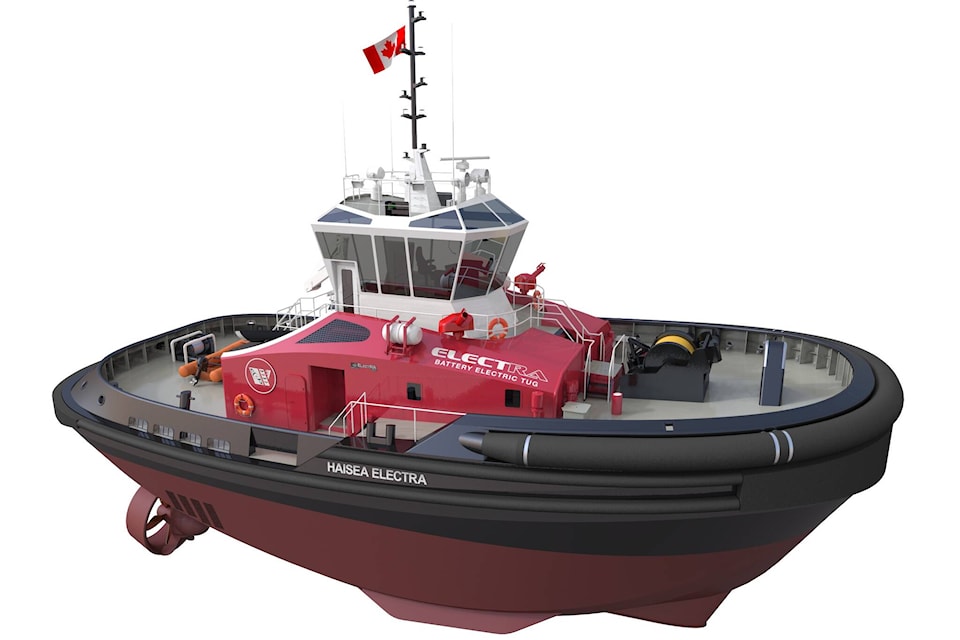LNG Canada may still be several years away from flipping the switch to start supercooling natural gas into a liquid for export overseas but it is already lining up employees for what it expects will be a facility having an operating life of 40 years or more.
Exact numbers weren’t readily provided but the company says the payroll will number anywhere from 250 to 350 people.
Indirectly, LNG Canada is estimating another 250 to 350 people could be needed in support roles such as technical support and maintenance.
From the very beginning, LNG Canada has been carefully navigating around the prospect of flooding the communities of Kitimat and Terrace with employees both during the current construction phase and then into the production of liquefied natural gas (LNG) to avoid putting undue pressure on rental accommodation and on the real estate market.
In numerous presentations to government regulators, local governments and others, company representatives spoke of avoiding what happened in Fort McMurray during the heyday of oil sands development where employees of companies who did not have a housing plan descended upon the community, straining the housing market, causing rents to soar and causing people to live anywhere and everywhere.
That may not have been fully prevented in the immediate aftermath of LNG Canada’s decision to proceed with its project in the fall of 2019, but the company has repeatedly emphasized its desire to first hire local people.
“Hiring for operational roles began recently and will continue, with the majority of positions yet to be posted and filled. We continue to prioritize local talent,” a statement from the company indicated.
And it fully anticipates its workforce will be spread out beyond Kitimat to Kitimaat Village and Terrace.
But LNG Canada does caution that there may be “select positions that are required to live proximal to Kitimat for facility support requirements.”
As for the demand for housing from employees, LNG Canada does hire from outside the area, it says it continues “to explore opportunities within the community to meet long-term housing needs.”
With any large-scale industrial project, indirect employment can play a significant role within the local economy and LNG Canada is no exception.
One of the more visible examples is HaiSea Marine, the company whose tugs will have the task of guiding in the massive LNG-carrying tankers through the Douglas Channel to moorage and out again.
It’s a joint venture between the Haisla Nation and Seaspan International with a contract emphasizing local hire within the Haisla Nation, the Gitga’at First Nation and the Gitxaala First Nation.
The joint venture combines the technical expertise of Seaspan and its long-standing experience with tugboats with the practical on-the-water local and regional knowledge and experience of the three First Nations.
Upwards of 70 on-water employees, six onshore staff and additional support workers will be needed when LNG Canada is fully ready to welcome LNG tankers.
HaiSea will start its workforce selection in the middle of next year with its employees to soon expect the arrival of two large escort tugs and three smaller harbour tugs now under construction by Samar Shipyards in Turkey.
Coastal GasLink did not respond to inquiries as to how many direct and indirect jobs will be needed along its 670-kilometre long pipeline that will pump natural gas from northeastern B.C. to Kitimat.
Taken together, the direct and indirect jobs from the LNG Canada facility will come close to replacing the approximately 500 jobs lost through attrition when Rio Tinto rebuild its Kitimat aluminum smelter in the middle part of the last decade and the 500 direct jobs when West Fraser closed its Eurocan paper mill in Kitimat in early 2010.
